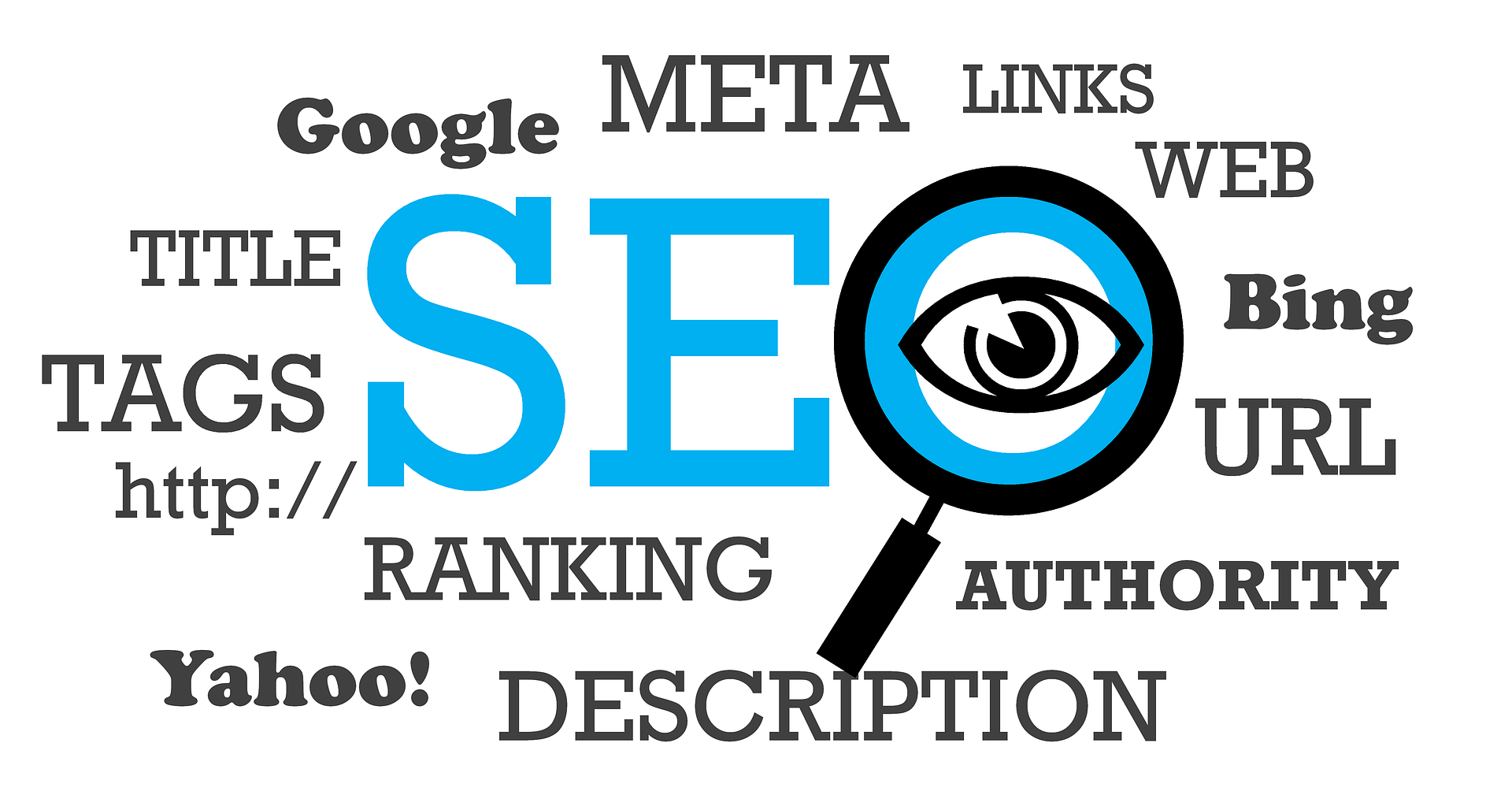Google’s Accelerated Mobile Pages (AMP) has officially launched, and is now visible on mobile search results pages around the globe. But what exactly is AMP all about, and what do businesses and publishers need to do next?
Currently, Google News Publishers are making the most of the feature, as top stories within the carousel on Google mobile results display AMP logos to signify fast load times to users. This feature is likely to expand in the future, and it’s necessary to keep an eye on for businesses looking to achieve top rankings, increase traffic, and brands looking to gain more business.
What is AMP?
AMP, or Accelerated Mobile Pages, is an open source project that aims to accelerate the speed that content loads on mobile devices.
This is achieved by ensuring web developers use a narrow set of web technologies, including restricting the use of JavaScript, in order to deliver a fast and usable page for mobile users to visit.
Essentially, AMP is an accessible framework which uses AMP HTML (a subset of HTML with restrictions and custom tags), AMP JS (JavaScript framework for mobile pages), and AMPCDN, an optional content delivery network, which caches your pages and optimises performance.

AMP generates an alternate version of your site or content to hit the necessary specifications that makes it load quickly on mobiles. The AMP version of your page can be found by adding /amp to the end of your URL. For those concerned about duplicate content for SEO, AMP declares pages as canonical, as the AMP page is merely a related version using the rel=canonical tag. The AMP page should then be favoured on mobile devices, and search engines won’t list both.
Google is looking to provide publishers online with a way to entice mobile users to read content, without needing to sacrifice ad revenue. With the rise of ad blockers, and bloated publisher experiences that increase load times, something was needed to be done in order to encourage users to avoid hitting the back button when a page doesn’t load fast enough.
As a reward, those publishers who opt-in to AMP, will gain a nice, green AMP icon next to their content in search results – which should generate more clicks, as users will recognise this content will load efficiently on their device.
AMP pages are not responsive, but rather designed specifically for mobile – with all features and sizes specific to mobile-sized screens. AMP also ensures the loading of external resources is efficient. Google also serves some AMP pages on Google from its own servers.
For a demonstration, visit https://g.co/ampdemo on your mobile.
The Benefits of AMP
AMP has a number of benefits, which Google is keen to promote. These include:
- Better mobile browsing experience for Google users
- Complex websites now load instantaneously
- Remains a web-based experience rather than in-app or inside a walled garden
- Higher engagement levels with a better user experience
- Fast Loading means more visitors, more sales, more conversions with a lower bounce rate
Alongside this, AMP websites are receiving special treatment from Google – and this will be likely to expand in the future, although it’s not clear how major this will be. At the moment, AMP news stories appear at the top of search results in a carousel on mobile devices. For the future, as Google is already using mobile-friendliness as a mobile search signal, it’s safe to say AMP may give you more of a ranking boost. Google has hinted towards this ranking boost, as AMP pages could be labelled as “fast” on the results page.
Speed is still the key to what makes AMP the next step forward in the mobile web. Google claims AMP pages load 4x faster and use 10x less data – due to the fact it uses stripped-down HTML pages with AMP-specific markup. Google also pre-renders some pages, whilst improving the ad network and maintaining analytics capabilities. For a more in-depth introduction to AMP, check the video from Google below:
Why now?
Google has been going mobile-first for a while now – and this is yet another step towards improving the mobile experience.
This move is also set to compete with the similar service from Facebook – Instant Articles. This is content that’s hosted directly on Facebook, without readers needing to leave the site. However, this is seen as more of a walled garden, as Facebook gains from keeping users on the site, whilst publishers miss out on traffic.
Still similar – but Facebook Instant Articles allows publishers to embed content on Facebook’s servers so users don’t need to leave the service. However, by conforming to AMP, your site can be embedded on other sites. Twitter and Pinterest are expected to use AMP to embed pages on sites and/or apps soon enough. But overall, adverts will load faster, and keep readers on the page for publishers who need traffic and advertising to stay afloat – so it’s win-win in the end.
On the AMP Project website, it says:
Given how frustrating the mobile web can be, many content distribution platforms are seeking alternatives. In many cases, these alternatives tend to be platform specific, placing a burden on the publishers to support this fragmentation of formats and closing off the ecosystem.
Of course, Google makes money through advertising, and by encouraging more users to view content with advertisements from publishers, they make more money.
The Accelerated Mobile Pages (AMP) Project is an initiative to improve the mobile web and enhance the distribution ecosystem.
However, one downside is that by keeping users on Google, any shared links to the AMP page through Google point to Google (google.co.uk/amp/yourcontent/amp) rather than directly to your content.

What to do next and where to get started
If you’re a news outlet or publisher looking to boost mobile traffic, then this is a no-brainer to adopt AMP, as it will help you gain extra clicks.
However, for all other businesses who utilise content marketing or generate other blog content to benefit the business in other ways, then it’s worth weighing up the options first.
As it stands, AMP pages are mostly only shown in the “top stories” carousel at the top of the results. This means you need to be a publisher worthwhile of getting your articles into Google News – which means you need to meet guidelines to sign up, which involves only writing news content, and not using content to promote an organisation, product, or service.
Until Google expand the AMP logo significantly, as there appear to be none in the organic results (although there is reportedly one found rarely), then it’s not a surefire bet. Of course, as it stands, there’s no significant fact or down-side to hold you back from using AMP – it simply might not be worth your time quite yet.
If you run a WordPress blog, or website, then there’s a plugin that will convert your content to AMP – and all you need to do is append your URL with /amp to view. However the reviews aren’t stellar, with a few problems still persisting, and it seems there’s still a bit of work to be done on top of installing this plugin to fully optimise pages.
There’s also a Yoast SEO AMP plugin, to ensure your AMP content is SEO-friendly, and you will also need to enable the WordPress plugin to work with Google Analytics.
Otherwise, it takes a fair amount of time and resources to set up two parallel versions of your content to comply with a company with different incentives. AMP offers less powerful features, but a better mobile experience for those browsing content. Whether it makes sense for publishers or businesses going forward, is still yet to be seen.
It’s great in practice, but there’s still a number of wrinkles that need ironing out. Google is essentially banning certain integral parts of the web, and despite disliking the in-app or social network walled gardens, Google has managed to carve a similar space on the internet. AMP still remains open source and there’s no necessity to adopt – but as ever, Google will have the last say, because if a business doesn’t comply, then goodbye to revenue. Despite this, what Google is attempting to achieve is good overall, so it’s unfair to say it’s not a good move. It’s simply the benefits going forward that are questionable.
If it becomes widespread outside of online publishers, whether it is restrictive or not will no longer be important – if it’s a ranking signal or Google prioritises AMP sites, there will be no choice but to use it. Otherwise, your business could be missing out on traffic and business from Google.
If you’re looking to upgrade your site to a mobile-responsive design, or want to upgrade to AMP, get in touch for a quick chat with the team. Otherwise if you have any questions, we will be very happy to answer.






